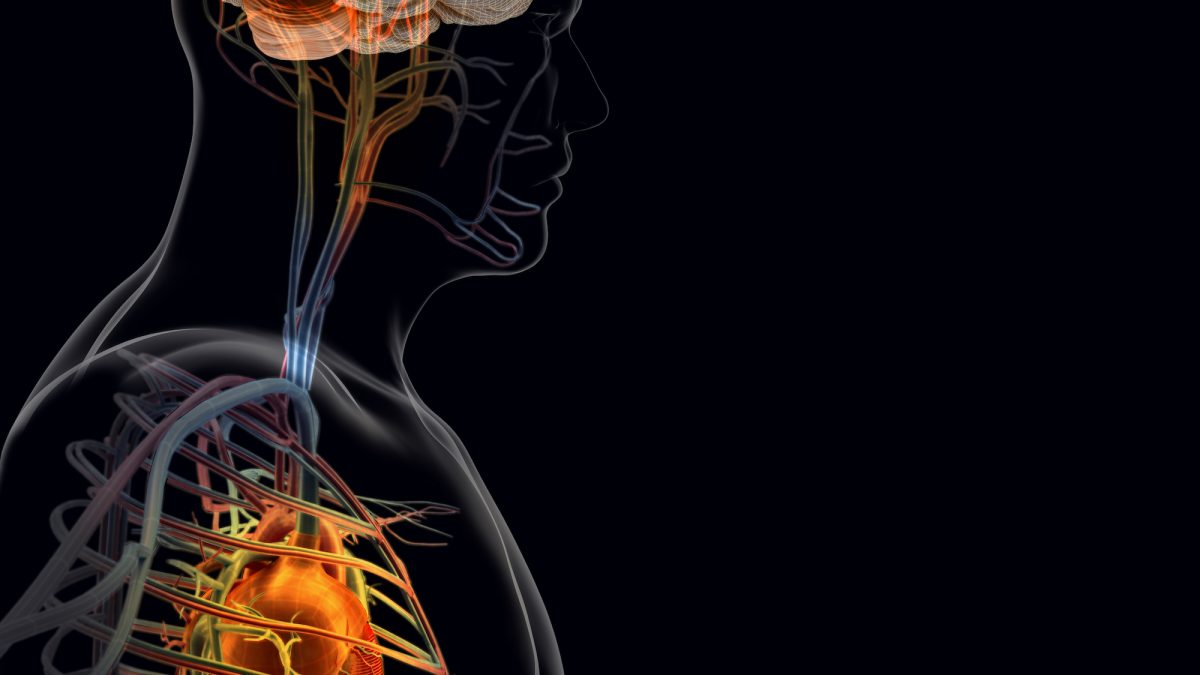Polyvagal Mindfulness
Current Status
Not Enrolled
Price
Closed
Get Started
This course is currently closed
Welcome to the Polyvagal Mindfulness Course!
In this course, specifically created for health professionals and interested lay people, you will learn the foundations of the Polyvagal Theory, and a variety of Restorative Practices that you can engage personally, and/or utilize with patients/clients to support their well-being.


